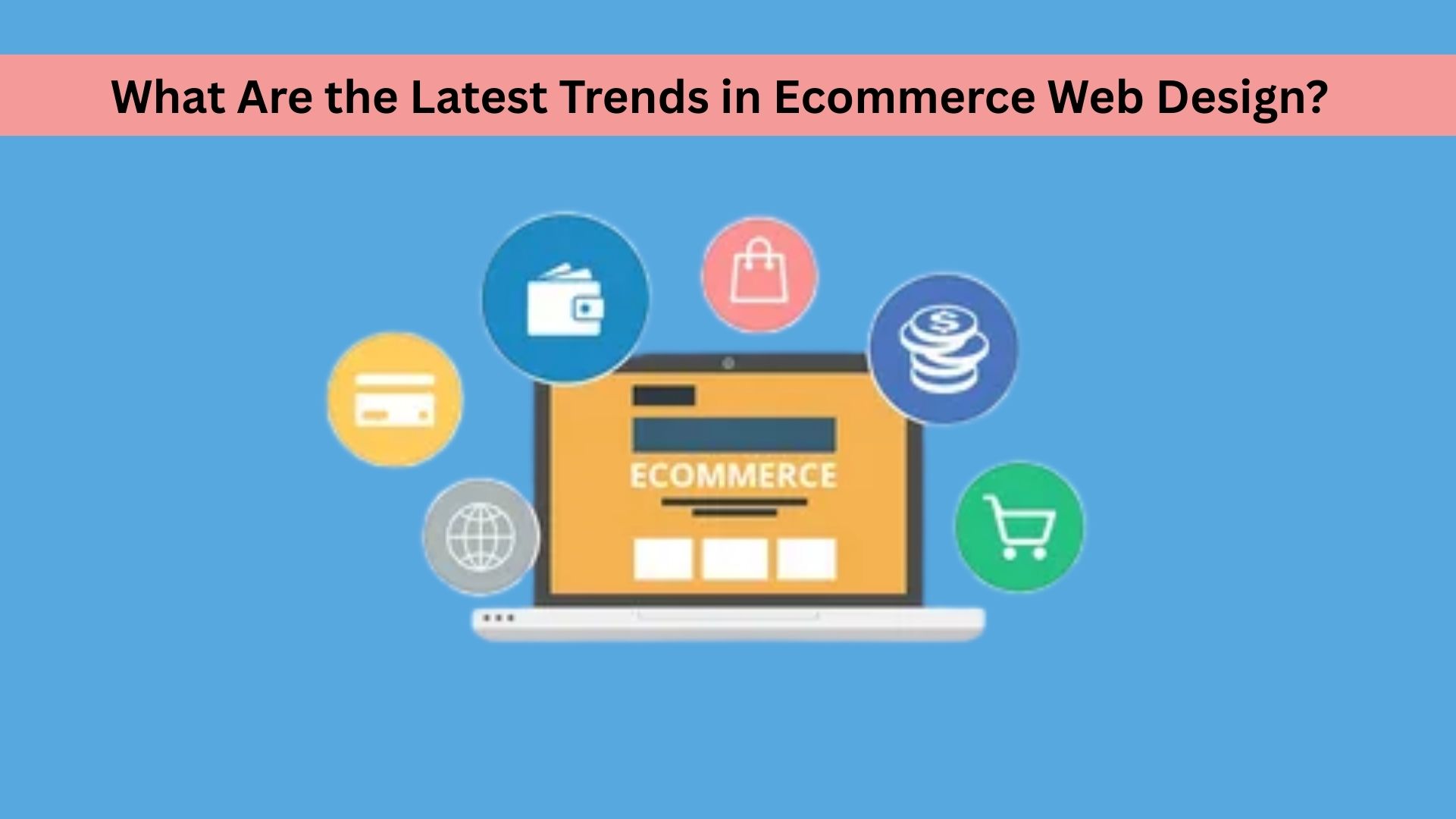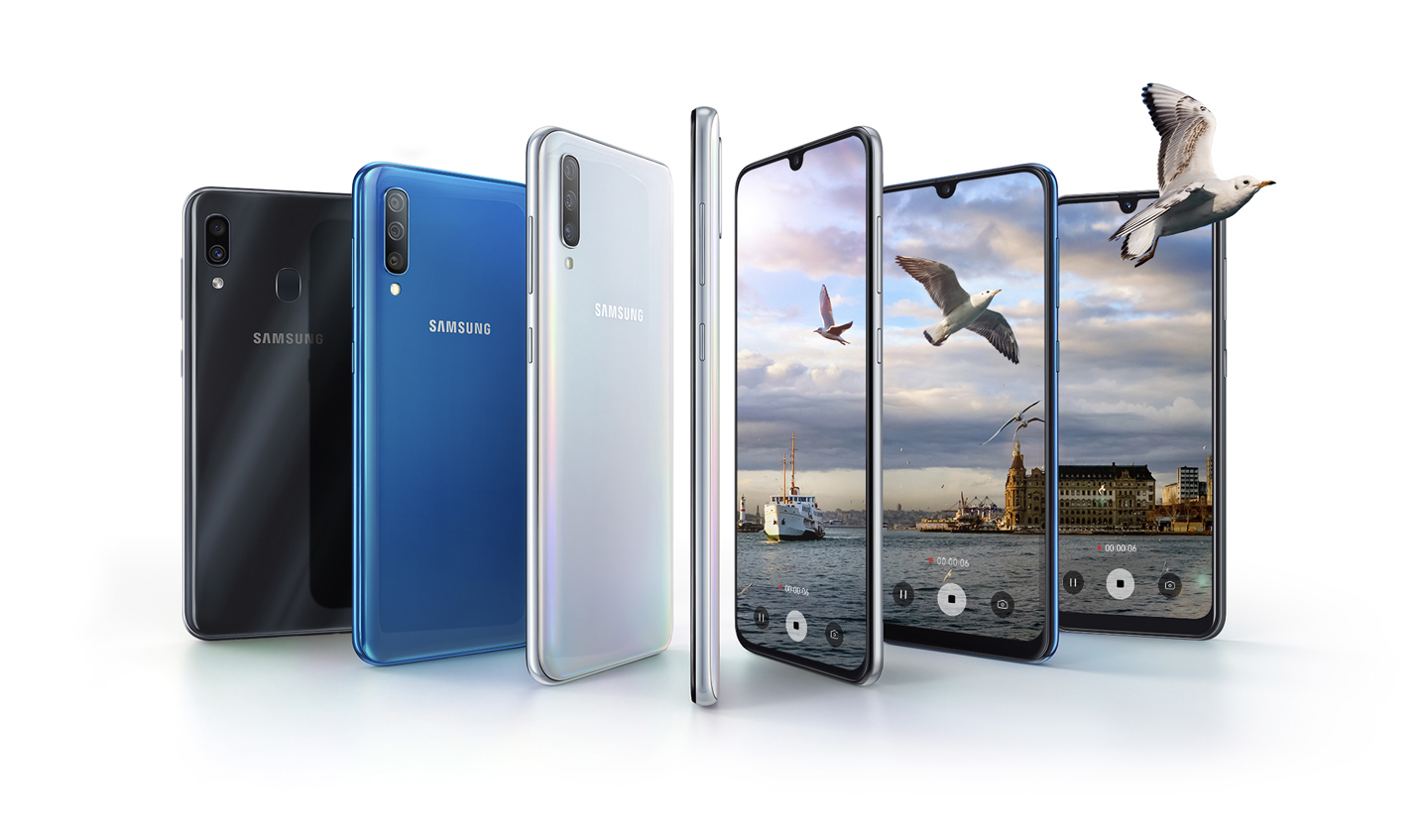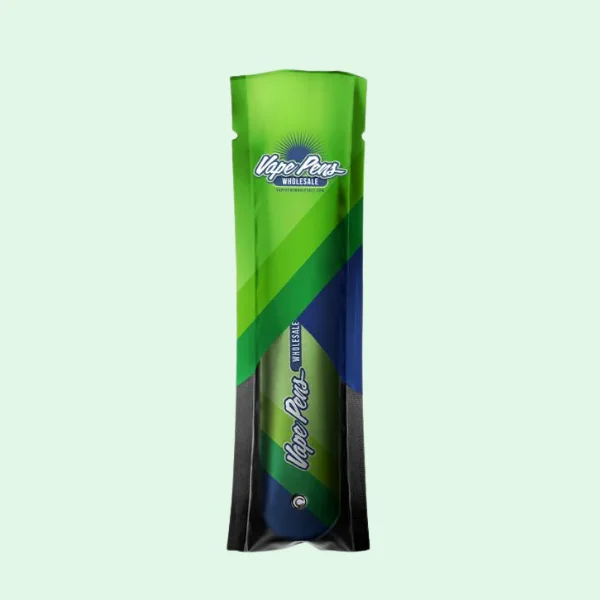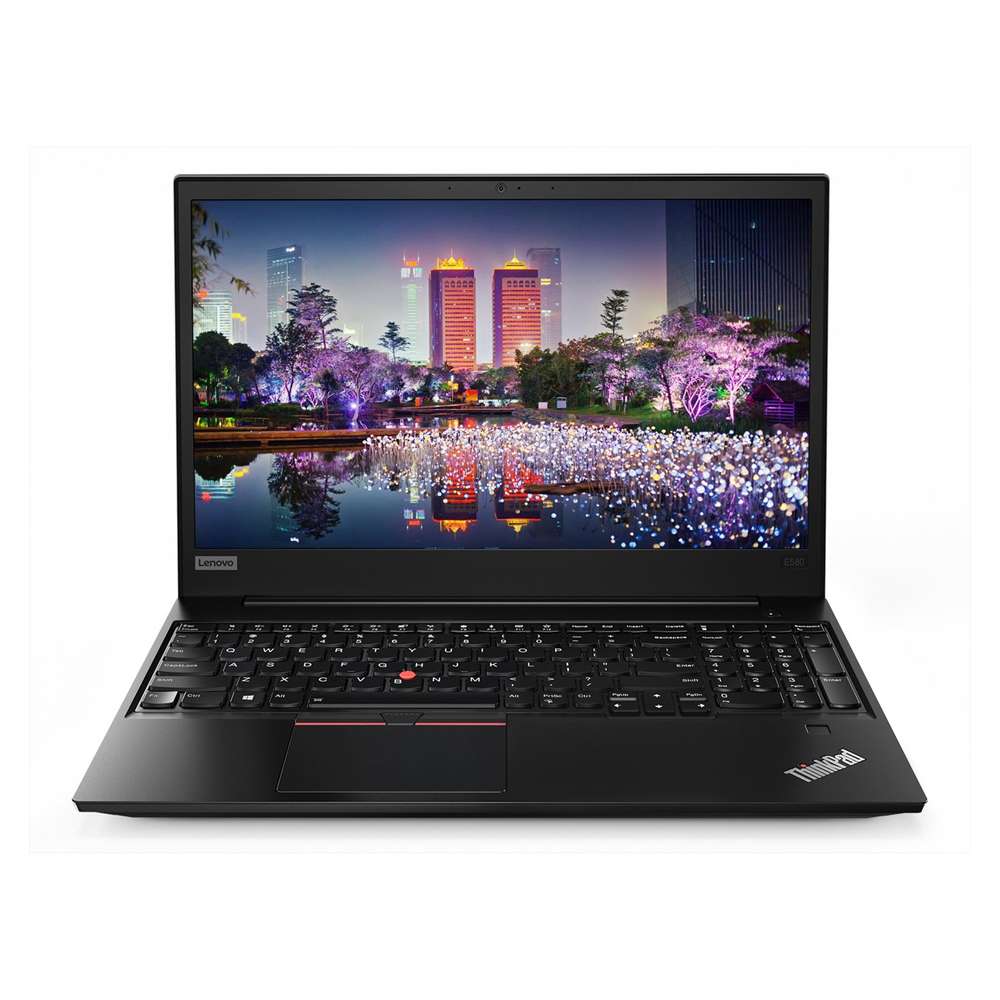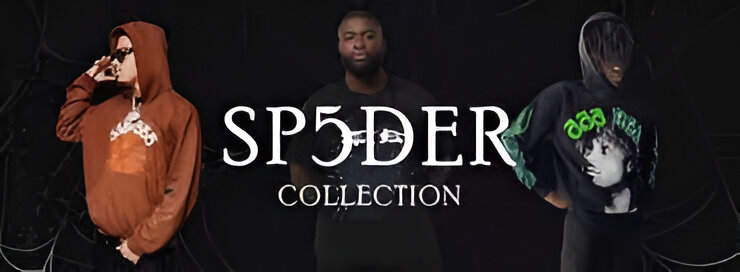In today’s competitive digital landscape, Ecommerce Web Design plays a pivotal role in the success of online businesses. With customer expectations rising and technology evolving rapidly, ecommerce websites must stay ahead of design trends to provide a seamless and engaging shopping experience. This article explores the latest trends in Ecommerce Web Design, offering insights into what’s shaping the future of online retail platforms.
The rise of minimalistic and clean design
One of the most noticeable shifts in Ecommerce Web Design is the move towards minimalistic layouts. Clean, simple designs with ample white space not only look modern but also enhance usability. Customers are drawn to websites where products take center stage without distractions. Minimalism reduces cognitive load and helps users navigate the site effortlessly.
This design approach emphasizes quality over quantity. Designers are now focusing on high-resolution imagery, readable typography, and intuitive navigation elements, all aimed at streamlining the buying journey.
Mobile-first design becoming the new standard
With more than half of global web traffic coming from mobile devices, mobile-first design is no longer optional. It is a necessity. Modern Ecommerce Web Design starts with mobile in mind, ensuring that the website functions flawlessly on smaller screens before scaling up to desktops.
This approach prioritizes touch-friendly navigation, fast-loading pages, and responsive layouts that adapt to different devices. Mobile-first design is not just about aesthetics but also about performance and accessibility. In 2025, a mobile-optimized ecommerce website is essential for both user satisfaction and search engine rankings.
NOTE : High-performing Ecommerce Web Design Dubai projects were crafted to attract and retain customers. Secure checkout systems and modern layouts had been implemented for success. Reach out to Website Development Company now — your ecommerce upgrade starts here!
Personalization driving user engagement
Personalized experiences are at the core of successful ecommerce platforms. Today’s Ecommerce Web Design integrates tools and technologies that allow websites to deliver customized content based on user behavior, preferences, and location.
From personalized product recommendations to dynamic homepage content and targeted offers, personalization increases engagement and conversion rates. Artificial intelligence and machine learning are increasingly used to enhance personalization, creating a tailored experience for every visitor.
Integration of micro-interactions for better UX
Micro-interactions are subtle animations or design responses that occur when users interact with a website—such as hovering over a product image, adding an item to the cart, or clicking a button. These tiny details significantly enhance the user experience and make the interface feel more responsive and interactive.
Modern Ecommerce Web Design uses micro-interactions to guide users, provide feedback, and improve usability. They also make the shopping experience more enjoyable and intuitive, which can lead to higher customer satisfaction.
Voice search optimization is gaining traction
As voice-assisted devices like Amazon Alexa, Google Assistant, and Siri become more popular, voice search is influencing how people interact with ecommerce platforms. Optimizing Ecommerce Web Design for voice search means rethinking site architecture and content strategy.
Websites need to incorporate natural language keywords and question-based content. Additionally, structured data and schema markup are crucial for ensuring that search engines understand and index content accurately for voice results.
Augmented reality enhancing product visualization
One of the most revolutionary trends in Ecommerce Web Design is the integration of augmented reality (AR). AR allows customers to visualize products in their real-world environment before making a purchase.
For example, furniture retailers now offer features where customers can place a virtual sofa in their living room using their smartphone camera. This interactive experience reduces hesitation and increases buyer confidence. AR is especially effective for fashion, home decor, and beauty products, where visualization plays a critical role.
Dark mode becoming a popular design choice
Dark mode, once limited to developer interfaces and mobile apps, has now made its way into Ecommerce Web Design. Many ecommerce platforms offer a toggle between light and dark themes to cater to user preferences and reduce eye strain.
Dark mode enhances visual appeal, particularly for high-end or tech-related products. It also helps certain elements stand out, making it easier to highlight featured products or promotions.
Emphasis on accessibility and inclusivity
Accessibility is no longer a niche concern—it’s a fundamental requirement. Modern Ecommerce Web Design ensures that websites are usable for people with disabilities, including those who rely on screen readers, keyboard navigation, or voice commands.
Inclusive design means using sufficient color contrast, providing alternative text for images, and structuring content with semantic HTML. Accessibility not only broadens your customer base but also aligns your website with legal standards like the Americans with Disabilities Act (ADA) and the Web Content Accessibility Guidelines (WCAG).
Faster load times improving customer retention
Website speed is a critical factor in Ecommerce Web Design. A delay of even one second in page load time can lead to a significant drop in conversions. Today’s ecommerce sites are optimized for speed using modern technologies like lazy loading, compressed images, and content delivery networks (CDNs).
Designers are now prioritizing performance by minimizing unnecessary animations, reducing the number of plugins, and choosing lightweight frameworks. Speed enhances both user experience and search engine optimization (SEO).
Seamless checkout experiences becoming essential
Cart abandonment is a common challenge in ecommerce, often due to complicated checkout processes. One of the key goals of Ecommerce Web Design today is to simplify the checkout experience. This includes features like one-click purchases, guest checkouts, auto-filled forms, and multiple payment options.
A well-designed checkout process minimizes friction, builds trust, and ensures that customers complete their purchases without frustration. Integrating digital wallets, such as Apple Pay, Google Pay, and PayPal, has also become a standard practice.
Visual storytelling enriching brand identity
More than just selling products, ecommerce brands are now focused on storytelling. Visual storytelling through high-quality images, videos, and interactive design helps communicate a brand’s values, mission, and personality.
Modern Ecommerce Web Design incorporates immersive visuals that create emotional connections with the audience. From behind-the-scenes videos to user-generated content, storytelling helps differentiate a brand and build customer loyalty.
Use of bold typography and vibrant color schemes
Typography in Website Design? Typography is no longer just about readability—it’s a key element of branding. Contemporary Ecommerce Web Design often features bold, expressive fonts and vibrant color palettes to create a distinct and memorable visual identity.
Designers are experimenting with large headings, overlapping text and images, and unconventional color combinations. These design choices help attract attention and guide the user’s focus to key areas, such as product highlights and calls to action.
Integration of AI-powered chatbots and virtual assistants
Customer support is being transformed by artificial intelligence. AI-powered chatbots are becoming a staple of Ecommerce Web Design, offering instant assistance, answering frequently asked questions, and guiding users through their shopping journey.
These bots are available 24/7 and can handle multiple conversations simultaneously, improving customer service without increasing operational costs. More advanced systems also learn from previous interactions to provide smarter responses over time.
Sustainability reflected in design and messaging
Consumers are increasingly aware of environmental issues, and ecommerce brands are responding by incorporating sustainability into their design and messaging. From showcasing eco-friendly packaging to promoting ethical sourcing, sustainability is becoming a core aspect of Ecommerce Web Design.
Design elements such as earthy tones, natural textures, and eco-conscious messaging help convey a brand’s commitment to the planet. This not only attracts like-minded consumers but also builds trust and loyalty.

Conclusion
The world of Ecommerce Web Design is constantly evolving, shaped by technological advancements and changing consumer behavior. Today’s ecommerce websites must balance form and function—delivering visually appealing, fast, and user-friendly experiences that also align with customer values.
From personalization and mobile-first design to AR integration and accessibility, staying current with these trends is vital for any ecommerce business aiming to thrive in the digital marketplace. By embracing these innovations, brands can offer exceptional shopping experiences that drive engagement, loyalty, and sales.
For More Insightful Articles Related To This Topic, Feel Free To Visit : viewsparrow
